Introduction
It has been a busy and exciting Q1 at Tomorrow Lab! We have officially settled into our new office at the Greenpoint Manufacturing and Design Center, or GMDC, and are loving being in a historic building with other makers and exploring all Greenpoint has to offer! We gained an additional 1,000 square feet dedicated to, of course, fabrication, prototyping and materials storage. We cannot wait to see what new projects come our way to take advantage of our expanded capabilities! In between all the pandemonium and elation, we had the pleasure of being approached by the Wall Street Journal and Spy.com to discuss an array of topics we are passionate and curious about.
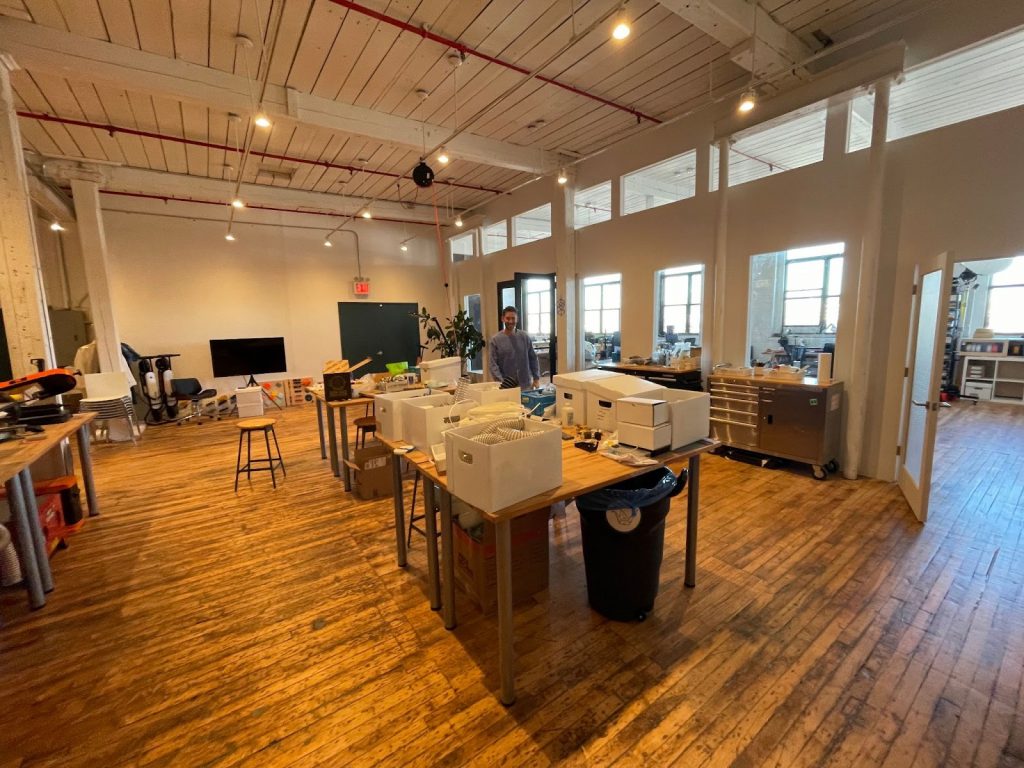

WSJ – USB Cables n’ Smart Phones
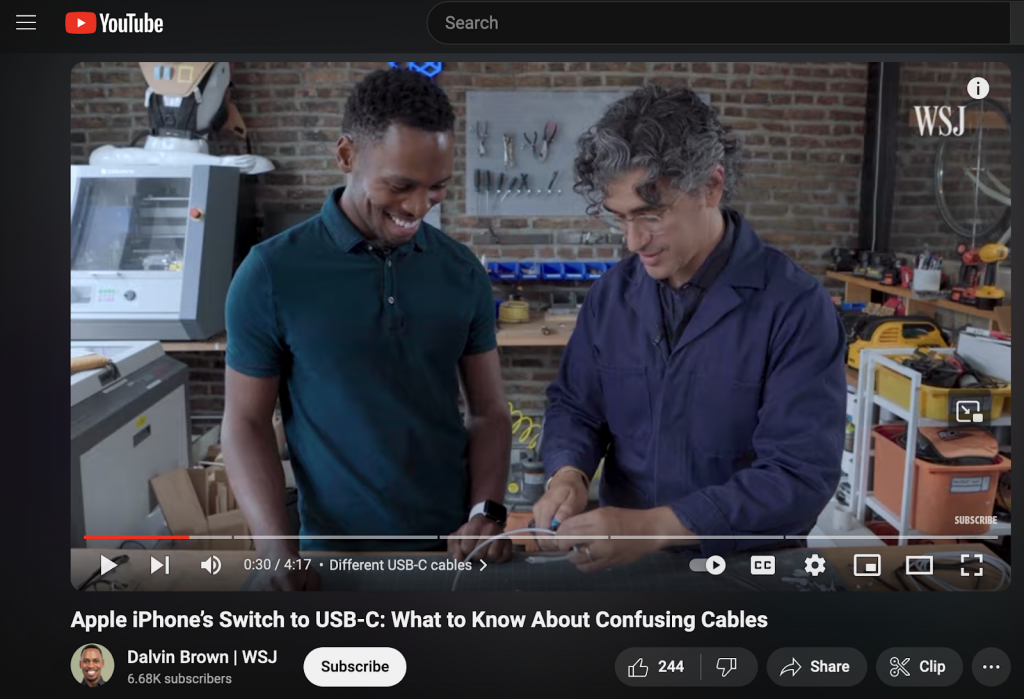
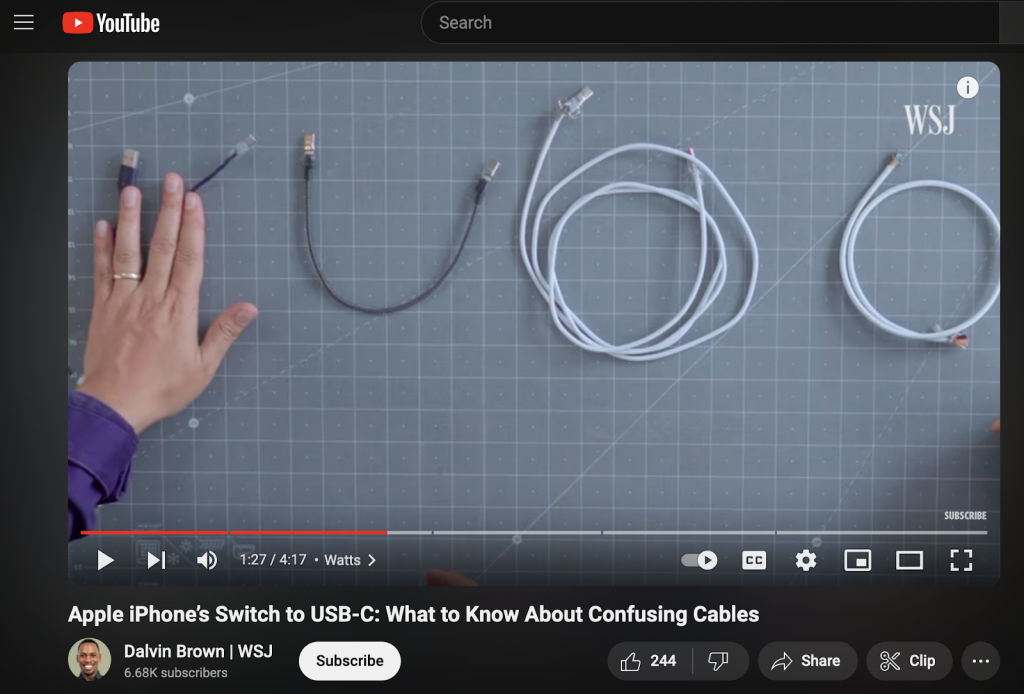
First up, at the end of 2023 WSJ’s personal technology reporter Dalvin Brown reached out to us to talk about USB-C cables, sparked by Apple’s decision to switch to using a USB-C charging cable for the iPhone.
Brown sought out to better understand the differences between one USB-C cable to another and their capabilities, enlisting Tomorrow Lab Partner Pepin Gelardi to help in a teardown! Brown visited us at our old office in Manhattan to do just that and brought several cables to test and discuss.
Cable Considerations:
- How many watts can the cable handle? The number of watts determines how quickly a device can be charged. Laptops typically require 60-100 watts, while smaller devices and smart phones only require 5-20 watts.
- If the purpose of the cable is to move data or transfer speed, the gigabits per second the cord supports is important to note. The higher the number, the more advanced the cable is. For advanced activities like managing video files, 20-40 gbps is necessary, while for smaller devices like mice or headphones, 5gbps will do the job nicely.
- Consider the brand of the cable! A lot of research and development, as well as quality testing goes into these products. Shoutout to Anker – a Tomorrow Lab favorite!
Gelardi goes on to tear down an Apple Lightning cable, exclaiming “Look at the gorgeous construction of this,” revealing quite the rainbow interior! However, when Brown asks Gelardi which he would personally buy, Gelardi says the lower cost, reputable brand and the convenience of a longer cord – wins!
WSJ’s second Tomorrow Lab visit was about the future of smartphones, this time co-starring Tomorrow Lab’s other Partner Ted Ullrich.
Brown starts with contemplating what could possibly replace the smartphone: smart glasses, smart contacts, brain implants? 😆Going beyond today’s limitations, Brown sets out to talk to industry experts about what emerging technologies are being created around this space and what phone could possibly be designed when thinking outside the box, even if it may not be actually feasible today.
Brown first heads over to Columbia University’s electrochemical energy center to meet with Dan Steingart, to discuss the future of batteries. Today’s smartphones do so much more than when they were first introduced, making today’s batteries hard to catch up. They discuss how researchers are trying to get batteries to last longer. Current batteries use lithium ion, but introducing silicon to batteries increases the atom capacity from five to twenty-two in the same amount of space, leading to increased energy efficiency without increasing in size.
Experts are also working on making batteries flexible, soft, stretchy and self healing, while also being biodegradable! 😱Brown chats with Stanford University’s chemical engineering professor Zhenan Bao who for the past twenty years has been working on plastic materials that can conduct electricity. Their team has invented several impressive materials that range from stretchable LED displays to sensors.
Brown then moves on to point out the challenge of incorporating cameras in this stretchy-like new world of smartphones. Metalenz, a Boston based camera startup, is working on developing smaller lenses and sensors. Their sensors have tens of millions of nano pillars, which are microscopic structures thinner than a stand of hair, which make up their lenses. Their CEO and Co-founder Rob Delvin explains that these products allow for reduced form factor, allowing reducing a phone’s number of lenses from up to six down to one or two.
Finally, Brown heads back to the Tomorrow Lab office with all these findings to see what Ullrich can come up with as a potential design solution for a new kind of smartphone. In just a few hours, Ullrich first illustrates on an iPad and comes up with a roll-out and back-in design. Turning to AI software, Ullrich uploads the sketch and also uses written prompts to end with a polished looking rendering of the initial idea. The final design features a super thin flexible, retractable screen, and multiple flat cameras lenses. A phone of the future for sure!
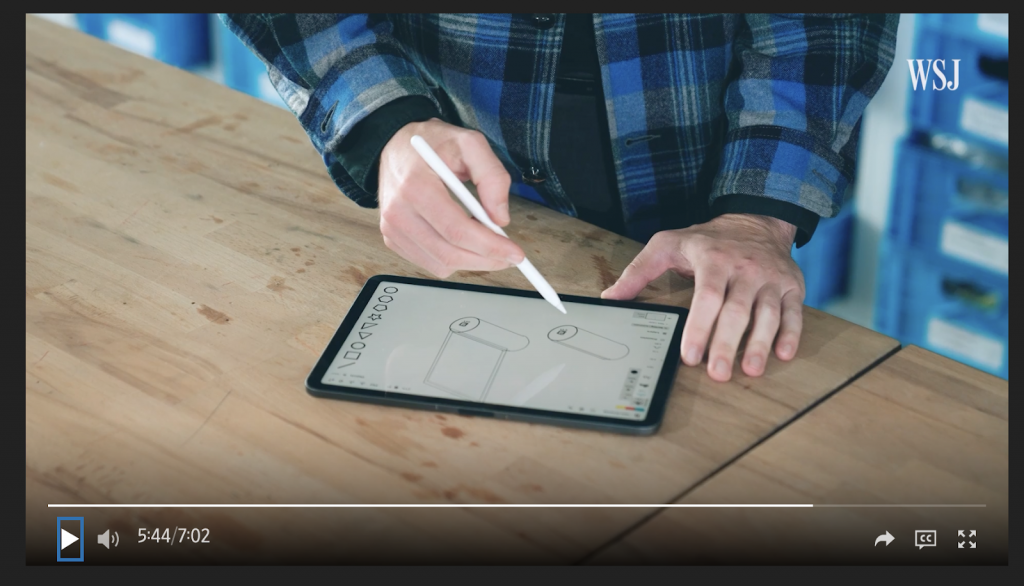
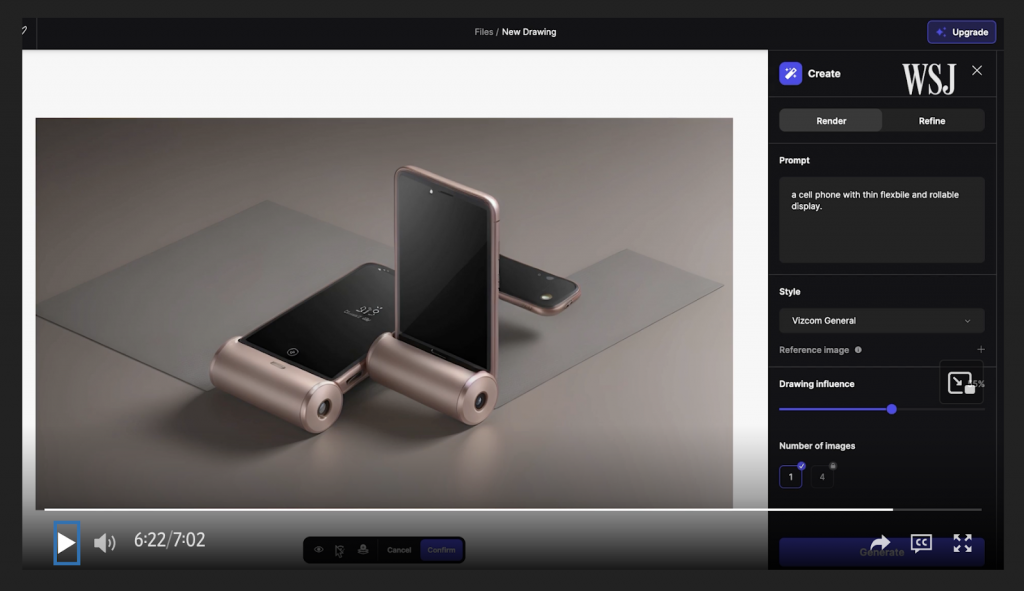
We had such a great time with Brown and can’t wait to see what topics will be discussed next!
Spy – Industrial Design in 2024

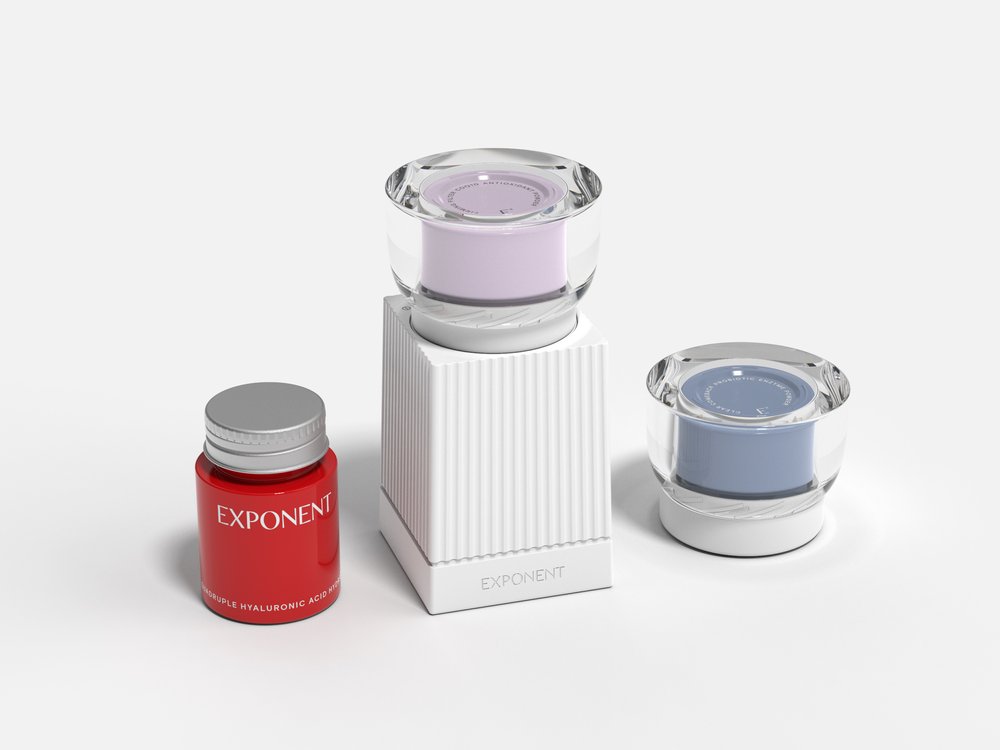
Last, but certainly not least, we were approached by Spy.com to discuss industrial design today and feature one of our in-house designers. Jesse Klein, our Level II staff industrial designer met with Jason Lalljee at our new Brooklyn office to discuss!
They chat about some of Tomorrow Lab’s projects that have come into market, and the design thinking around them. Focusing on sustainability in packaging design, Klein speaks about Exponent, a favorite Tomorrow Lab client. The packaging really was the entire project for Exponent, of which houses liquid and powders separately, then combines together in an easy twist to deliver the user fresh Vitamin C or retinol serum. By combining packaging with the product itself, Klein and Tomorrow Lab were able to create a stand out design that last year won the Dieline award for Best in Sustainability. Just think of all the packaging waste savings with this design, like little boxes for every part, unnecessary plastic bits and bags, etc! Klein also designed the Exponent packaging to be reusable, explaining “everyone making products these days knows you have to be telling a sustainability story. I think the best products are kind of like Exponent, where they’re not just considering the individual materials but they’re considering the full life cycle of the product.”
Lalljee and Klein chat about some other past Tomorrow Lab products also in the beauty and leisure space, but we will let you saunter over there to check it out! Thank you again to Lalljee and Klein for the fun discussion!
